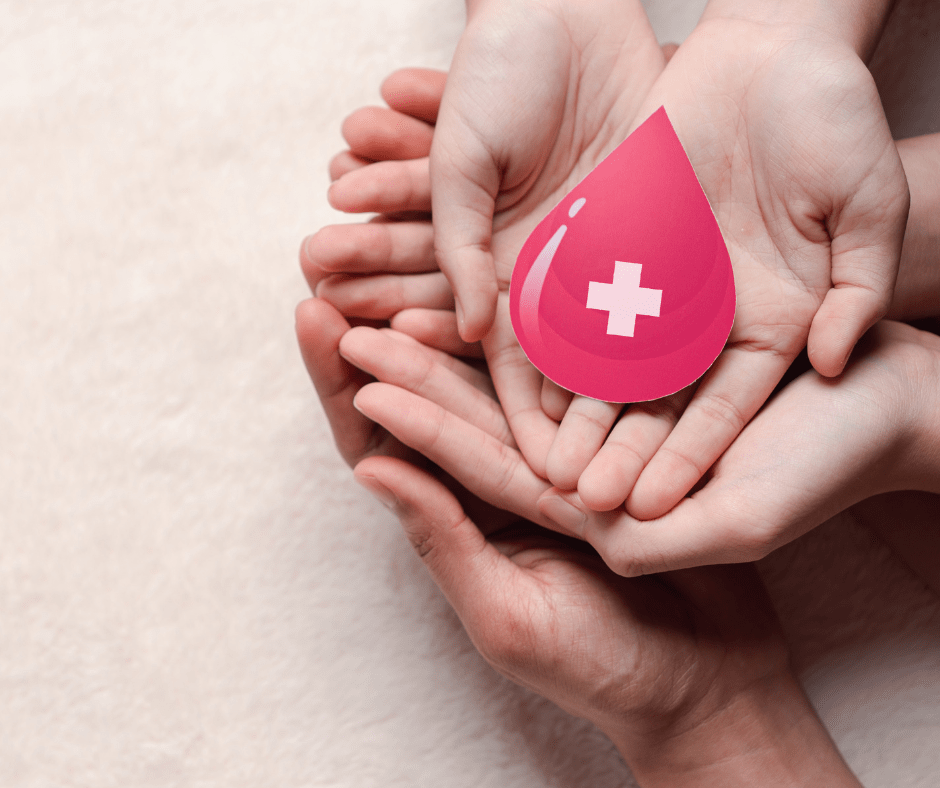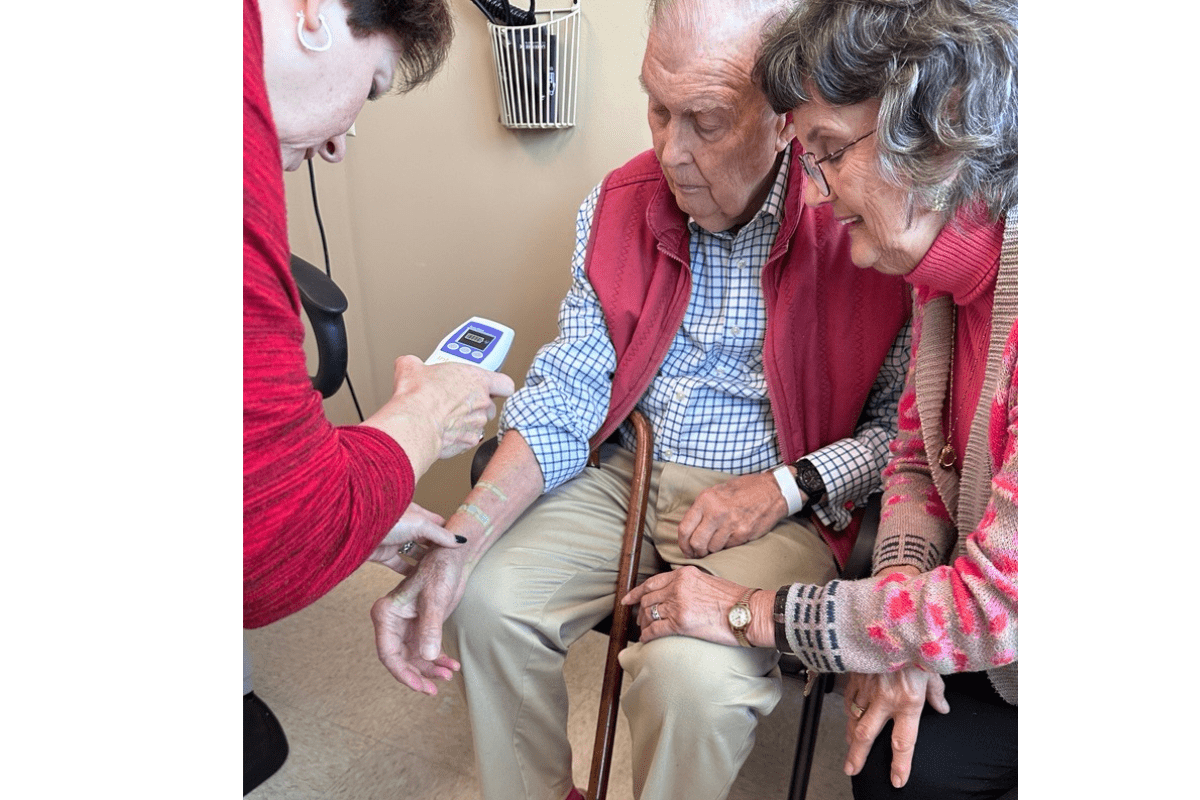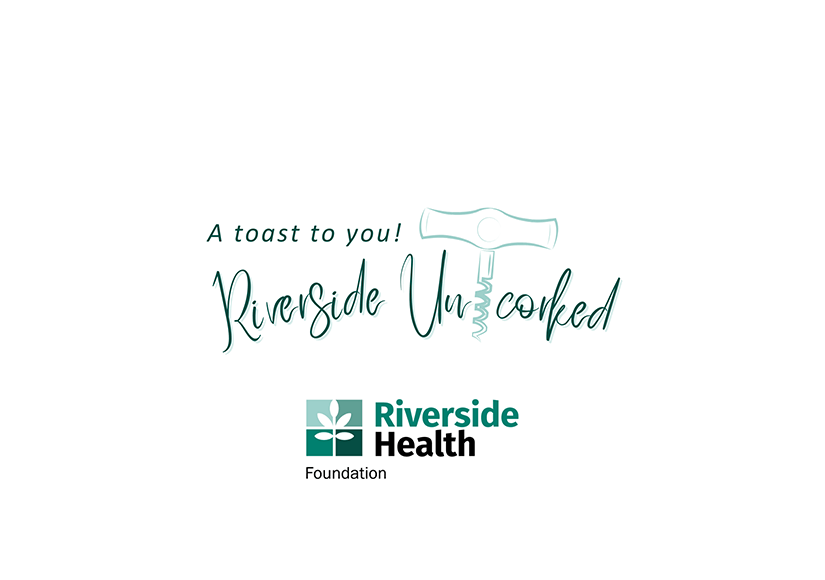Donated blood is used in lifesaving procedures every minute of every day. But how does a blood donation make it from the blood donor to save the life of someone in need? It takes a coordinated system and a skilled team to make sure blood donations run smoothly and efficiently.
“Donated blood provides lifesaving care in every community. We need a constant blood supply for everything from emergencies to planned surgeries. For example, one car accident victim may need as many as 100 units of blood. Each donation is put to work, helping someone in their time of need,” says Lynn Onesty, System Director of Laboratory Services.
The 6 steps of blood donation
If you’ve never made a blood donation before, you may imagine donated blood simply goes from one person to another. In fact, it takes six steps for donated blood to reach a recipient.
- Donation
- Processing
- Testing
- Storage
- Distribution
- Transfusion
Each step ensures that donated blood is healthy and kept safe until it arrives where it is needed.
Step 1: Donating blood
Donating blood is the first step in the process. Donors undergo a screening process that reviews their past medical, travel and donation history. While the screening is extensive, donors can answer questions in the safety and privacy of their own homes and arrive ready to donate.
Donors typically provide one pint of blood, about one unit, with each donation. During the process, blood runs from the donor into a secure blood bag via an IV. Several small vials of blood are also taken for testing purposes. Both the bag of donated blood and the vials are then labeled with a bar code that provides information to the hospital or blood bank. The label includes information needed to identify the unit and the donor. While the entire process takes approximately one hour from start to finish, actually giving blood takes only about 10 minutes.
Steps 2, 3 and 4: Processing, testing and storage
While the donor heads home, their donated blood starts a journey, too. The first stop is processing, where blood donations are separated and packaged into three components:
- Red cells
- Platelets
- Plasma
Blood products are packaged into standardized units, making it easy for hospitals to order and stock what they need. One unit is roughly one pint of blood. Blood components can be used for different needs. And each pint can save up to three lives.
Meanwhile, the small vials of blood undergo testing for infectious diseases. Testing helps keep the blood supply safe and free from disease. When blood tests positive for an infectious disease, technicians discard the donation and notify the donor. This process is confidential, so donors don’t need to worry about the security of their personal health information.
“Blood donation is safe, with precautions in place throughout the entire process to keep both donors and recipients healthy,” says Onesty.
After testing and processing, each component is labeled and stored. Hospitals and regional blood banks keep blood on hand.
Steps 5 and 6: Delivering lifesaving blood to someone in need
Health care professionals use donated blood for patients of all ages for a variety of reasons. From childbirth to accidents to patients with sickle cell disease and everything in between, donated blood saves lives. Odds are, someone you know has received donated blood.
Finding and obtaining appropriate blood typically involves a combination of automated technology and skilled health care providers. When a patient needs blood, the medical team collects a blood sample so that laboratory professionals can perform testing to determine the patient’s blood type. Then the team orders the correct blood from the hospital or a blood bank. When the blood arrives, they transfer it to the patent through a transfusion.
A transfusion transfers blood from the donation bag into the patient through an IV. Blood transfusions take around 1 to 4 hours. A care team monitors the recipient during the process and for several days after to ensure the donated blood doesn’t cause a reaction.
Become a donor, save many lives
Only 3% of the eligible population donates annually. Currently, the American Red Cross is reporting historically low levels of blood supplies across the country, in part due to limited donations during the pandemic.
To help address this critical blood shortage, make plans to donate blood today. To make an appointment at a blood drive near you, find your nearest donation center by entering your zip code at redcross.org.



